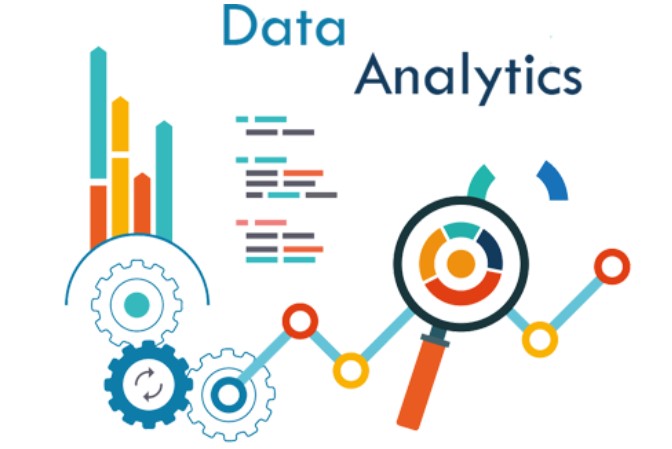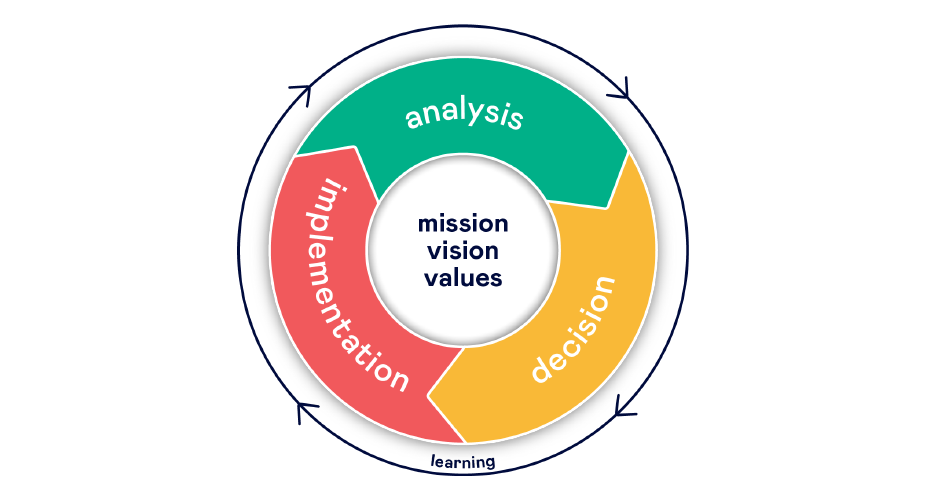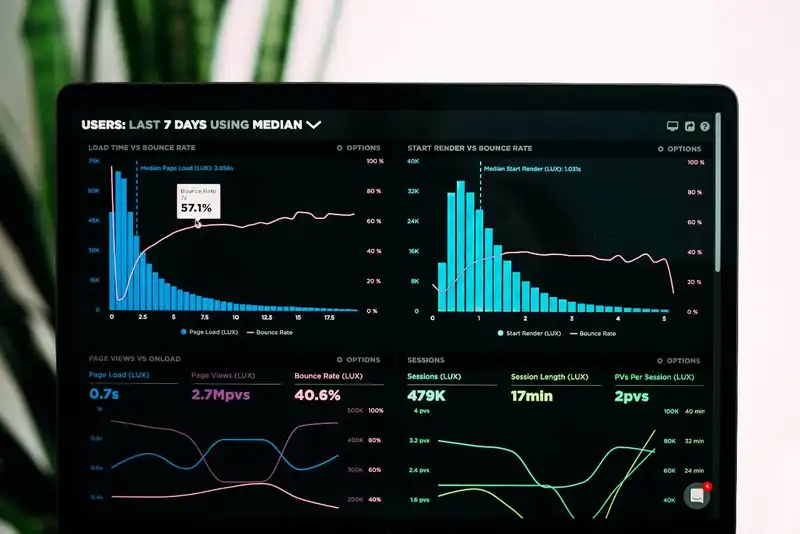As the world future of financial management continues to evolve, it is important to stay up-to-date on the latest trends and developments.
This blog will discuss the future of financial management and the trends to watch in 2023.
We will look at the changing landscape of financial management and the impact of technology, global markets, and other factors.
With the help of industry experts, we will explore the opportunities and challenges that financial management will face in the coming years and discuss what steps can be taken to prepare for the changes ahead.
Overview of Financial Management
Financial management is an essential business function that is responsible for investing available financial resources in a way that maximizes business success and return on investment (ROI).
Professionals in this field are tasked with planning, organizing, and controlling all transactions that are related to the financial activities of the organization.
Through effective financial management, organizations can ensure that they have sufficient funds at any stage of their operations.
The main purpose of financial management is to protect the financial interests of investors and shareholders, while also ensuring that the business grows.
Financial managers must also work to guarantee a high ROI, which will generate more wealth for all stakeholders.
By managing finances properly, businesses can safeguard themselves against uncertainties in the market and create expansion plans that are achievable.
Explanation of Trends to Watch in 2023
Financial management trends that will be prevalent in 2023 include increased automation, greater emphasis on data-driven decisions, and increased use of cloud-based technologies.
Furthermore, consumer trends toward digital banking, mobile payments, and cryptocurrency are expected to continue to grow.
Digital Transformation
Digital transformation is the process of using digital technologies to make new business processes, culture, and customer experiences or to change the ones that already exist to meet changing business and market needs.
Digital transformation is the process of rethinking how businesses work in the digital age.
Automation
Automation is a term for using technology so that people don’t have to do as much of manual work. This includes business process automation (BPA), IT automation, home automation, as well as other personal applications.
Types of automation
Automation is the use of technology to automate processes or tasks. It is often used to improve efficiency and accuracy while reducing the costs associated with manual labor. There are four main types of automation:
Simple automation:
Basic automation involves using tools to digitize, streamline, and centralize routine tasks.
This can be done through Business Process Management (BPM) and Robotic Process Automation (RPA).
These automated tools help to replace manual labor by taking simple, rudimentary tasks and automating them across multiple systems, eliminating the need for information to be stored in disconnected silos.
Automating a process:
Process automation is a tool used to increase efficiency and productivity in businesses.
It involves utilizing dedicated software and business apps to manage business processes for uniformity and transparency.
Process mining and workflow automation are two types of process automation.
Integration automation:
Integration automation is the use of machines to mimic human tasks and repeat actions according to defined rules.
A digital worker is a software robot that is designed to work alongside humans to carry out specific tasks.
This technology is becoming increasingly popular, allowing businesses to automate mundane and repetitive tasks to increase efficiency.
Artificial intelligence (AI) automation
AI automation is the level of automation that is the most complicated. With AI, machines can “learn” from their experiences and make decisions based on what they have seen and thought about in the past.
In customer service, for example, virtual assistants can cut costs while giving customers and human agents more power. This makes for the best possible customer service experience.
Cloud-Based Technologies
Cloud-based technologies are a type of computing that utilizes the internet and remote servers to store, manage and process data, rather than relying solely on local servers or personal computers.
These technologies enable businesses and individuals to access their data and applications from anywhere, anytime, and from any device with an internet connection.
Cloud-based technologies can be used for data backup and disaster recovery, software development, web hosting, file sharing, business analytics, collaboration, and many other applications.
Cloud-based solutions are increasingly becoming a preferred choice for businesses due to their scalability, cost-effectiveness, and ability to access data quickly and securely.
Additionally, many cloud-based solutions offer enhanced security features such as encryption and two-factor authentication, making them an attractive choice for businesses and individuals.
Data Analytics
Data analytics (DA) is the process of looking at sets of data to find patterns and draw conclusions about the information they contain. Data analytics is being done more and more with the help of specialized systems and software.
It involves the application of analytical tools, techniques, and methods to collect, process, and interpret large datasets in order to uncover hidden patterns, correlations, and other useful information.
Data analytics helps organizations to accurately assess the current state of their business and develop useful strategies that can help them reach their goals.
By leveraging data-driven insights, organizations can better understand customer behaviour, optimize marketing campaigns, and develop more efficient business processes.
Top 5 Advantages of Real-Time Financial Insight
By leveraging modern financial management solutions, executives are able to gain real-time insights into their organization’s performance.
These cloud-based accounting and ERP solutions provide executives with the ability to access up-to-date financial data from anywhere, allowing for more efficient decisions and improved strategic planning.
Real-time financial insight can help organizations better understand their financial health, identify trends and opportunities, and make more informed decisions in order to drive the organization forward.
1. Have Full Visibility Into The Performance
With real-time data in a cloud-based accounting platform, you can see how your business is doing in every way.
One of the biggest benefits is that you can see how your business is doing all at once and at any time in one place.
This lets your business keep an eye on specific metrics like sales and revenue to make sure KPIs and business goals are being met.
Also, you can compare data over time to learn more about how your business works.
2. Make More Business Decisions Based On Strategy
Since you only have a short time to make important decisions that can change how your business works, it’s important to always have the most up-to-date information.
Executives have to make quick decisions all the time, and if they don’t have real-time financial data to help them, they might make decisions that lead the business in the wrong direction.
When you have financial information to back up your decisions, you can be more sure of your choices.
3. Easily Get Real-Time Reports
With Sage Intacct, a cloud-based accounting system, you can easily provide comprehensive reports to your investors, executives, sales team, and other stakeholders.
Customized dashboards offer a real-time view of key performance metrics, enabling you to quickly break down your data and deliver the details that matter most.
4. Quickly Find Problems And Mistakes
With financial insight, it’s easy to spot trends in your data and figure out where your organization’s bottlenecks are.
If your organization can quickly find these bottlenecks, it can devise a plan to solve the problems so they don’t hurt your business in the long run.
When companies have systems that don’t talk to each other, it can take days to put together billable expenses, time, and materials to send to customers as an invoice. Also, finance teams bill customers by hand, so it can take weeks or more for customers to get their bills.
With an integrated accounting and billing system, the time it takes for a business to get paid is cut by up to 20 days, which improves cash flow.
5. Speed Up The Process Of Closing The Deal
Real-time financial insight data can save your finance team a lot of time by reducing the time needed to produce monthly financials.
No longer will your team have to spend weeks closing the books; they can use the up-to-date data to simplify the process.
This allows your finance team to focus on other important projects, utilizing their time more efficiently.
Moreover, with real-time financial insight, your whole organization can benefit. By using a cloud-based solution, your team can access crucial real-time insight even when working remotely.
Expanding Role of Financial Professionals
The role of financial professionals is rapidly evolving in today’s economy.
Financial planning, business development, and risk management are just a few of the tasks that are now being handled by professionals in the financial field.
With the increasing complexity of business operations, financial professionals are now expected to have a more comprehensive understanding of the global economy and its implications for businesses and individuals.
Financial professionals are now expected to provide more integrated advice and guidance to their clients, helping them understand their financial decisions’ impact on their future and the economy at large.
Financial advisors must also be able to communicate their advice in a way that is understandable to their clients.
In addition to providing advice on investments, financial professionals are now expected to offer advice on budgeting, debt management, retirement planning, insurance, and estate planning.
Financial advisors must also be familiar with the latest tax laws and regulations so they can ensure that their clients are in compliance.
The role of financial professionals is also growing in terms of helping businesses and governments make sound financial decisions.
Financial professionals are now expected to provide advice on strategic planning, capital budgeting, and risk management.
Conclusion
In conclusion, the financial management landscape is in a state of flux, and the trends of the next few years will shape how businesses and individuals manage their financial resources.
By 2023, we can expect to see more advanced technologies like AI, machine learning, and blockchain increasingly utilized for financial management.
The financial industry will also continue to adapt to the needs of the modern customer, with more personalized services and more convenient payment options becoming available.
We can also expect to see a greater focus on sustainability and risk management, as well as a greater emphasis on data security and privacy.
All these trends point to a more efficient, secure, and transparent future for financial management.
JAY’s Choice:-
- Bookkeepers for small business
- 3 Ways to grow your bookkeeping business
- What are the challenges of the Budget session and solutions to improve it?
- How to identify and avoid problems in Bookkeeping
- 10 Types of Cloud-Based Accounting Services
- 10 Benefits of Outsourced Bookkeeping
- How to hire a top bookkeeper: a comprehensive guide
- 5-Ways Hiring A Bookkeeper Can Make Your Business More Profitable
- Bookkeeping For Non-profits
- Accounting Year-End Checklist for Your Small Business





















